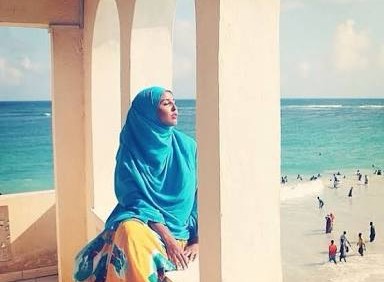It is of essential importance for management practices to seek more efficient use of available resources such as water and nutrients, and with less environmental impact. Unlike agriculture of other parts of the world, where most soil studies are performed, Chile has mostly volcanic soils in farm production, so we must expand the local data available.
Today, at the Instituto de Ingeniería Agraria y Suelos (IIAS) [English:Institute of Agricultural Engineering and Soil] of the Faculty of Agricultural Sciences of the Universidad Austral de Chile, studies are funded by the DID-UACH project aimed at defining this variability with simpler tools and lower costs. Preliminary results of this project show that variables such as the extractable aluminum and the pH in sodium fluoride (NaF) are good tools to define different areas within the same soil series. This has been validated in different soils of the region of Araucanía, Los Ríos and Los Lagos. Ultimately, the idea is to implement this type of analysis so farmers can define areas within their farms and thus make more efficient use of their resources.
The assessment of soil quality is a matter of absolute concern for the Institute, since there are currently several projects between researchers IIAS being made to raise awareness of practical tools for farmers aiming to have higher soil quality standards.
Most soils in Chile in agricultural and forestry use (60%) are of volcanic materials. They´re called trumaos and nadi (Andisoles) and red-brown clays (Ultisols). These soils possess a number of unique characteristics that differentiate them from soils created by other materials. Less than 1% of the soils in the world are of this constitution, and they are highly productive. These unique properties are its low density (<0.9 g cm-3), high P retention (> 85%), high organic matter content (> 10%), Fe, and Al.
Much of the world´s soil studies are made with non-volcanic soils, for which the parameters are inconsistent with Andisoil soils. An example: apparent density, where values around 1.6g/cm3 present serious problems for root growth in crops. However, Chilean soils are rated from 0.3 to 0.75g/cm3, presenting are considerable difference. Therefore it´s essential to obtain local ranges of values and critical thresholds of soil parameters- to know if the soil is of poor quality, or if it has lost quality. To analyze its functionality. Is it able to hold water, to drain? Its nutrient composition. Is it able to filter contaminants, etc.
The Fondecyt de Iniciación project (11110238), under the direction of the Institute (IIAS), aims to counter to the lack of comparative soil quality data in Chile. The idea, ultimately, is to give farmers these assessment tools with which they can better analyze if the land should be used for crops, grassland, or forestry, and if the soil is losing, gaining or maintaining its quality over time.
Dan Duke – Land man, Student, Teacher, Skeptic, Driver
http://www.chileproperty.com
A Review of Agricultural Land in Chile – Featuring the “Land List”: a spreadsheet of 600+ farms and other large parcels of real estate recently available in Chile.






comments (0)